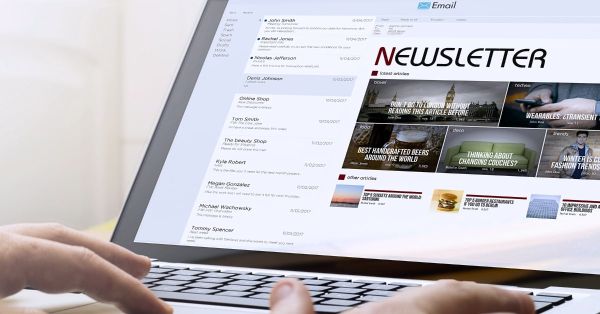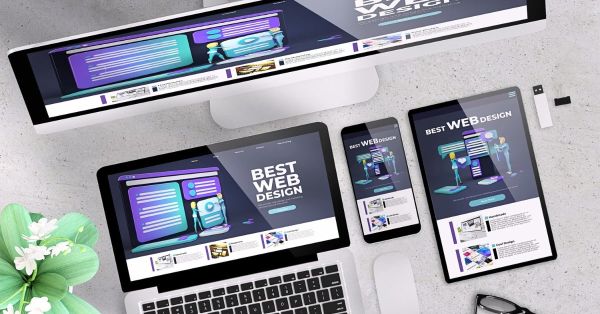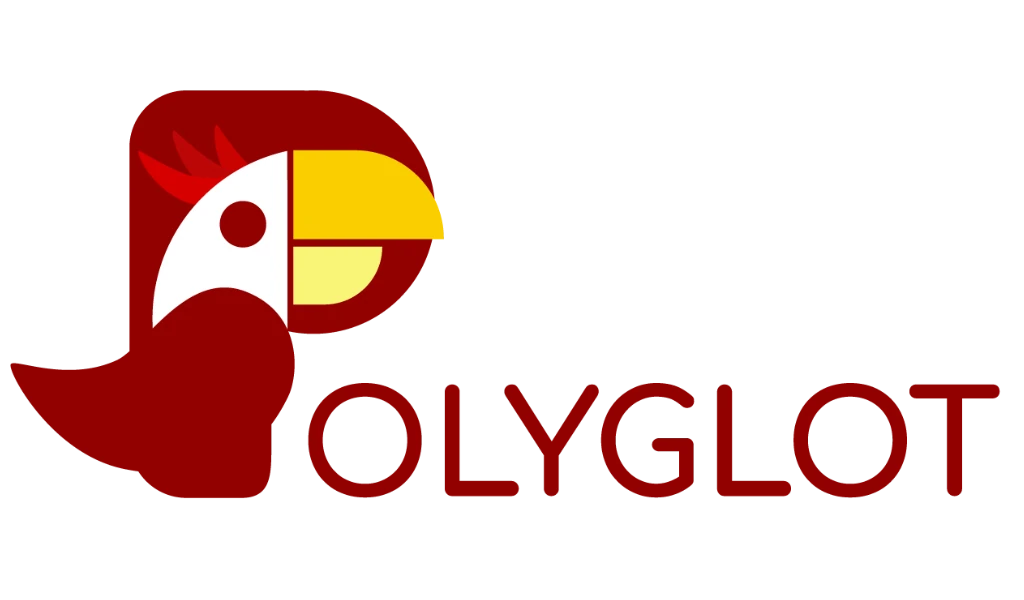A newsletter is one of the most effective – yet often underestimated – tools in online communication. Dozens arrive in our inboxes every day, yet most go unread. Why? Because they lack personal connection. They feel generic, robotic, or irrelevant. And yet, a well-written and well-timed newsletter not only encourages the recipient to open it but also drives action.
However, effectiveness doesn’t depend solely on the quality of the content, the visual design, or the technical execution. Just as crucial is ensuring that the right message reaches the audience in the right language and tone.
Language, Style, Culture – Every Target Group Works Differently
The success of a newsletter doesn’t come down to content alone. Equally important is how, and in what language, we address our recipients. Translation and localisation are not just add-ons – they are strategic elements of the communication process.
A newsletter does more than convey information. It reflects a brand’s voice, values, and communication style. All of this works best when the message is not just accurately translated, but truly adapted to the linguistic and cultural characteristics of the target audience.
In some cases, full localisation isn’t necessary – some campaigns can be adapted across languages with minimal changes. But in many instances, literal translation simply isn’t enough. Communication style, examples, forms of address, visual elements, and even the type of CTA (call to action) may all need to be adjusted depending on cultural factors.
What sounds direct and motivating to an American audience might feel too informal to a German reader. In French campaigns, a refined and reserved tone is often expected, while a Brazilian audience may respond better to a more energetic, informal style. For a B2B audience in Eastern Europe, projecting professional credibility may be key, whereas for a Southern European consumer group, emotional appeal might be more effective. These nuances cannot be captured by machine translation or by a team member without professional linguistic expertise.

Key Aspects of Newsletter Creation
Structure – Logically Organised, Easy to Follow Layout
A well-structured newsletter is not only visually clean but also easy and enjoyable to read. The reader should be able to grasp the content at a glance: the main message should be clear, with distinct separation between the introduction, the detailed content, and the call-to-action elements. This clarity supports fast information processing and increases the chances of the message truly reaching its target.
Pro tip: If your newsletter links to a blog post, make sure the blog content is also localised with the same care. Consistency matters.

Design – Responsive, Visually Clean, On-Brand Appearance
Visual presentation has a major impact on user experience. Mobile-friendly (responsive) design is now a standard expectation, as most emails are opened on smartphones. Cluttered, hard-to-read, or visually chaotic layouts quickly lose the reader’s attention. In contrast, a clean, well-structured design that incorporates your brand elements (colours, fonts, logo, etc.) helps strengthen brand identity and create a professional impression.
Tone of Voice – Audience-Specific Language and Style
The tone of a newsletter reflects the personality of the brand. That’s why it’s critical that the style not only remains consistent but also aligns with the expectations of the target audience. A young, tech-savvy audience may welcome a more informal and dynamic tone, while decision-makers in the legal or financial sectors typically expect precise, formal language. This becomes especially important in multilingual campaigns, where both the words and the style of communication may need to be adjusted.
Timing – Finding the Right Moment May Differ by Market
The time of sending significantly affects open and click-through rates. What works on a Monday morning in one region might be most effective on a Wednesday afternoon elsewhere. Local habits, work schedules, public holidays, and content consumption patterns should all be taken into account. One of the biggest challenges in international newsletter marketing is developing a strategy that is optimised for each country.
Length – Concise, Goal-Oriented Messages in a Digestible Format
Today’s readers have limited attention spans. An effective newsletter delivers its core message quickly and clearly, without unnecessary information. The goal is to spark interest and encourage further interaction (such as a click, purchase, or download). The ideal newsletter is usually short – a strong headline, an attention-grabbing intro, a few key points, and a clear CTA are more than enough. Visual structuring – subheadings, bullet points, images – makes the content easier to read and process.
Length – Concise, Goal-Oriented Messages in a Digestible Format
Today’s readers have limited attention spans. An effective newsletter delivers its core message quickly and clearly, without unnecessary information. The goal is to spark interest and encourage further interaction (such as a click, purchase, or download). The ideal newsletter is usually short – a strong headline, an attention-grabbing intro, a few key points, and a clear CTA are more than enough. Visual structuring – subheadings, bullet points, images – makes the content easier to read and process.

Newsletter, Webshop, Blog – A Unified Linguistic Experience in Multiple Languages
A newsletter is not an isolated marketing tool. It is closely tied to webshop operations, customer experience, and automated communication flows. A well-written, well-timed newsletter rarely stands alone – it typically links to blog posts, product pages, or order confirmation messages. For this reason, every related platform must reflect the same quality and linguistic consistency.
In this context, translation isn’t just about converting text from one language to another – it’s key to maintaining the coherence of your entire communication. If the newsletter speaks to customers in one tone, but the blog or product page continues in a different one, brand credibility suffers. Similarly, if one element is properly localised but another uses raw machine translation, the disruption to the customer experience is noticeable.
That’s why, in a multilingual e-commerce presence, your newsletters, blog posts, and webshop content must all speak the same language – in every sense of the word. Here, translation is not a standalone task but the foundation of consistent, high-quality communication across the entire system.






